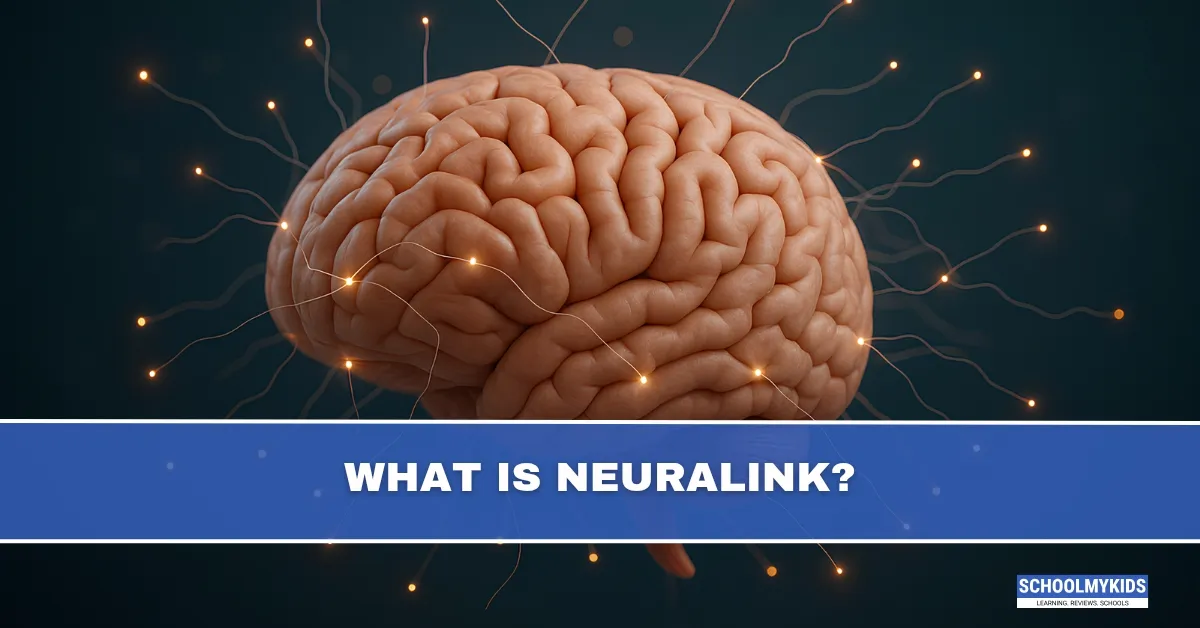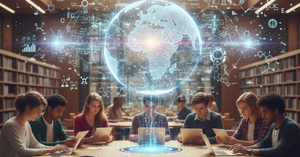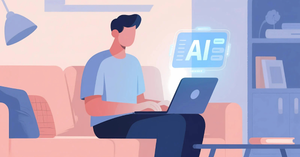Neuralink isn't science fiction anymore. It's a brain-computer interface that connects your neurons directly to computers, smartphones, and digital devices through a coin-sized chip called "the Link."
How Your Brain Becomes Your Remote Control
Think of Neuralink as the ultimate wireless connection—but instead of connecting your phone to WiFi, it connects your thoughts to technology.
The Process:
- Surgical implantation: A robot surgeon places ultra-thin threads (thinner than human hair) into specific brain regions
- Signal detection: The chip reads electrical signals from your neurons
- Translation magic: These brain signals get converted into digital commands
- Action: Your thoughts control computers, phones, or prosthetic limbs
Real Student, Real Results
Noland Arbaugh, a 29-year-old paralyzed from the shoulders down, became Neuralink's first human trial participant. Within months, he was:
- Playing chess online using only his thoughts
- Learning new languages through brain-controlled typing
- Browsing social media faster than most people with working hands
- Controlling multiple computer applications simultaneously
His life transformed from dependency to digital independence—all through thinking.
Why This Matters for Your Future
The Learning Revolution Coming to Your Campus
Instant Information Access: Imagine studying for your biochemistry exam and thinking, "What's the structure of DNA?" The answer appears in your mind instantly. No Google, no textbooks—just pure knowledge transfer.
Enhanced Memory and Focus: Struggling to remember historical dates or mathematical formulas? Neuralink could boost your memory capacity and eliminate the frustration of "blanking out" during exams.
New Ways to Collaborate: Group projects could involve literal mind-sharing. Team members might exchange complex ideas, images, or even emotions through direct brain-to-brain communication.
The Career Landscape Shift
High-Demand Fields Emerging:
- Neuroengineer: Design and improve brain-computer interfaces
- BCI Software Developer: Create apps that respond to thoughts
- Neural Data Analyst: Interpret and optimize brain signal patterns
- Bioethics Consultant: Navigate the moral complexities of mind-machine integration
- Cognitive Enhancement Specialist: Help people adapt to neural upgrades
Traditional Careers Transformed:
- Teachers will become "neural learning facilitators"
- Doctors will perform surgeries with thought-controlled precision tools
- Artists will create masterpieces by imagining them into existence
- Athletes will train with real-time brain optimization feedback
The Challenges You Need to Consider
The Digital Divide Gets Deeper
What happens when some students have instant access to information while others don't? Will universities need "neural-enhanced" and "traditional" testing categories?
Privacy in the Age of Mind-Reading
If companies can access your thoughts, who owns your ideas? What happens when your brain data gets hacked?
The Learning Paradox
If you can download Spanish fluency overnight, do you really "know" Spanish? Will we lose the satisfaction and growth that comes from struggling to master difficult concepts?
Your Action Plan for the Neural Future
Skills to Develop Now
- Critical Thinking: Technology might give you answers, but you'll still need to ask the right questions
- Ethical Reasoning: As this technology spreads, society will need thoughtful leaders to guide its use
- Adaptability: The pace of change will accelerate—get comfortable being uncomfortable
- Human Connection: In a world of brain-computer interfaces, genuine human empathy becomes more valuable
Academic Preparation
- STEM Foundation: Neuroscience, computer science, and bioengineering will be crucial
- Philosophy and Ethics: Understanding the implications of human enhancement
- Psychology: Grasping how technology affects human behavior and society
- Communication: Explaining complex concepts to non-technical audiences
Mindset Shifts
- From memorization to application: Focus on using information rather than storing it
- From individual to collaborative: Prepare for new forms of teamwork and shared intelligence
- From human vs. machine to human plus machine: See technology as an extension of your capabilities
The Bottom Line
Neuralink represents the biggest shift in human capability since the invention of language. You're not just witnessing this revolution—you're living through it during your prime learning years.
The question isn't whether this technology will reshape education, careers, and society. It's whether you'll help guide that transformation or watch it happen to you.
Your homework for the neural age: Start thinking about which problems you want to solve when your mind becomes as connected as your smartphone.









Be the first one to comment on this story.